Home>Home Maintenance>What Does CPS Look For In A Home Inspection


Home Maintenance
What Does CPS Look For In A Home Inspection
Modified: March 6, 2024
Looking for a comprehensive home inspection? Find out what CPS looks for in a home inspection to ensure the safety and maintenance of your home.
(Many of the links in this article redirect to a specific reviewed product. Your purchase of these products through affiliate links helps to generate commission for Storables.com, at no extra cost. Learn more)
Introduction
Welcome to the world of home maintenance! Owning a home is a significant milestone, but it also comes with a responsibility to ensure the safety, cleanliness, and overall livability of your property. This is where home inspections play a crucial role, and in particular, the inspections conducted by CPS (City Planning Services).
CPS is an organization that oversees the enforcement of regulations and standards for residential properties. As part of their mandate, CPS conducts home inspections to ensure that properties meet certain criteria for safety, sanitation, and structural integrity. In this article, we will delve deeper into what CPS looks for during a home inspection and why these inspections are of utmost importance.
Whether you are a homeowner or a potential buyer looking to invest in a property, understanding CPS home inspections will give you valuable insights into maintaining and improving your living space. So, let’s dive in and explore the key factors that CPS considers during a home inspection.
Key Takeaways:
- Safety, cleanliness, and compliance are top priorities for CPS home inspections. They ensure homes are safe, healthy, and meet building standards, benefiting homeowners, buyers, and tenants.
- Failing a CPS home inspection can lead to consequences like reinspection, penalties, and even legal action. Addressing issues promptly is crucial to maintain property value and rental opportunities.
Read more: What Does A VA Home Inspection Look For
Purpose of a Home Inspection
A home inspection serves as a comprehensive evaluation of a property’s condition, focusing on various aspects including its structural integrity, safety hazards, and overall functionality. The primary purpose of a home inspection is to provide a detailed assessment of the property’s current state, identifying any potential issues or areas of concern.
For homebuyers, a thorough inspection is essential to make an informed decision about purchasing a property. It helps to uncover hidden problems that may not be visible to the untrained eye, enabling buyers to negotiate repairs or adjust their offer accordingly. By obtaining a comprehensive understanding of the property’s condition, buyers can avoid unexpected and costly repairs down the line.
Additionally, home inspections are valuable for homeowners who want to maintain and enhance the value of their property. By getting a professional assessment, homeowners can identify any necessary repairs or maintenance tasks that need to be addressed. This proactive approach can help prevent small issues from turning into major problems and maintain the structural integrity and functionality of the property.
A home inspection is also crucial for landlords and property managers. It allows them to ensure that their rental units comply with safety and sanitation standards, providing a safe and livable environment for tenants.
Overall, the purpose of a home inspection is to provide a thorough evaluation of a property’s condition, enabling buyers, homeowners, and landlords to make informed decisions and take the necessary steps to maintain or improve the property’s quality.
Overview of CPS
CPS, or City Planning Services, is an organization tasked with the responsibility of enforcing regulations and standards for residential properties. Their primary goal is to ensure the safety, cleanliness, and livability of homes within their jurisdiction.
CPS operates under the authority of local government bodies and plays a vital role in upholding building codes, zoning regulations, and other guidelines set forth by the city or municipality. They oversee the inspection process and ensure that properties meet the required standards before being deemed safe and habitable.
As an organization, CPS employs qualified and trained home inspectors who have a deep understanding of construction techniques, building codes, and safety standards. These inspectors conduct thorough evaluations of residential properties to identify any issues or violations that need to be rectified.
One of CPS’s primary responsibilities is to conduct home inspections for both new construction and existing properties. For new construction, CPS ensures that the construction process adheres to the approved building plans and that all necessary permits are obtained. This helps to ensure that the property is structurally sound and meets all safety requirements before it is occupied.
In the case of existing properties, CPS conducts periodic inspections to ensure ongoing compliance with safety regulations and to address any issues that may arise over time. These inspections help to maintain the overall quality and safety of residential properties within the community.
It’s important to note that CPS’s role is not limited to inspections alone. They also provide guidance and support to homeowners, landlords, and tenants through educational programs and resources. They aim to create awareness about building codes, safety measures, and maintenance practices that contribute to a safe and healthy living environment.
Overall, CPS serves as a crucial regulatory body that plays a vital role in upholding the quality and safety of residential properties. By conducting thorough inspections and enforcing standards, CPS ensures that homes meet the necessary criteria for livability and compliance with local regulations.
Importance of CPS Home Inspections
CPS home inspections are of utmost importance for several reasons. Let’s explore why these inspections hold such significance in ensuring the safety, livability, and compliance of residential properties.
Promoting Safety: One of the primary reasons for CPS home inspections is to promote safety within homes. Inspections help to identify potential safety hazards such as faulty electrical wiring, gas leaks, structural weaknesses, and other risks that could jeopardize the well-being of occupants. By identifying and addressing these issues, CPS plays a crucial role in preventing accidents and promoting safe living environments.
Protecting Public Health: Another key aspect of CPS home inspections is ensuring the cleanliness and sanitation of residential properties. Inspectors assess factors such as proper waste disposal, adequate ventilation, and the absence of pests or mold that could pose health risks to occupants. By addressing these concerns, CPS helps safeguard the public health and well-being of residents.
Maintaining Building Standards: CPS home inspections also uphold building codes and regulations set by local authorities. These standards cover aspects such as structural integrity, fire safety measures, plumbing and electrical systems, and more. By conducting inspections, CPS verifies that properties are constructed and maintained in accordance with these standards, ensuring the quality and longevity of the building.
Protecting Property Owners and Buyers: For property owners, CPS inspections provide peace of mind, knowing that their investment is properly maintained and compliant. These inspections can identify potential issues early on, allowing owners to address them before they become major and costlier problems. For buyers, CPS inspections offer transparency and assurance about the condition of a property, helping them make informed decisions and avoid purchasing homes with hidden defects.
Promoting Fair Rental Conditions: CPS home inspections also play a crucial role in rental properties. Landlords who abide by CPS standards can ensure that their rental units provide safe and habitable living conditions for tenants. These inspections help to prevent the exploitation of tenants and promote fair rental practices.
Overall, CPS home inspections are vital for the safety, health, and compliance of residential properties. They provide an objective evaluation of properties and contribute to creating a community with well-maintained, safe, and livable homes.
Key Factors CPS Considers in a Home Inspection
During a CPS home inspection, several key factors are taken into consideration to assess the overall condition and compliance of the property. Let’s delve into the main elements that CPS inspectors evaluate:
Read more: What Does The Outside Dryer Vent Look Like
4.1 Structural Integrity:
CPS inspectors thoroughly examine the structural components of a property, including the foundation, walls, roof, and overall stability. They look for signs of damage, such as cracks or sagging, that could indicate structural issues. Ensuring that a home has a sound structure is crucial for the safety and longevity of the property.
4.2 Safety Hazards:
CPS prioritizes identifying and rectifying potential safety hazards within a home. Inspectors look for electrical hazards, like faulty wiring or overloaded circuits, which can cause fires. They also check for potential gas leaks, carbon monoxide risks, and other potential hazards that could harm occupants. The goal is to create a safe living environment free from immediate dangers.
4.3 Sanitation and Cleanliness:
Sanitation and cleanliness are essential aspects of a habitable home. CPS inspectors assess the property’s cleanliness, including proper waste disposal, absence of vermin or pest infestations, and overall cleanliness in living areas, kitchens, and bathrooms. Ensuring a sanitary environment is crucial for the health and well-being of the occupants.
4.4 Adequate Living Space:
CPS inspectors assess whether a property provides an adequate living space for its intended use. They consider factors such as room sizes, ceiling height, and overall layout to determine if a property meets the necessary requirements for comfortable living. Adequate living space is essential for the well-being and quality of life of the occupants.
Read more: What Does A Roof Dryer Vent Look Like
4.5 Working Utilities:
An essential aspect of a habitable home is the availability and functionality of essential utilities. CPS inspectors ensure that properties have working plumbing, heating, and cooling systems. They check for proper water flow, absence of leaks, and ensure that heating or cooling units are in good condition. Providing functional utilities is vital for occupant comfort and convenience.
4.6 Functional Appliances:
CPS inspectors assess the condition and functionality of appliances within a property, such as stoves, ovens, refrigerators, dishwashers, and laundry units. They ensure that these appliances are properly installed, in good working order, and present no safety risks. Functional appliances contribute to a functional kitchen and overall convenience for occupants.
4.7 Proper Ventilation and Lighting:
Proper ventilation and lighting are crucial for occupant health and comfort. CPS inspectors assess the property’s ventilation systems, ensuring that there is adequate airflow and ventilation throughout. They also inspect lighting fixtures to ensure they are installed correctly and provide sufficient illumination in various areas of the home.
By considering these key factors during a home inspection, CPS aims to ensure that residential properties meet safety, sanitation, and livability standards. Addressing these elements contributes to creating a safe, comfortable, and habitable environment for residents.
Specific CPS Requirements for Different Types of Homes
When it comes to CPS home inspections, there are specific requirements that vary depending on the type of home being inspected. Let’s explore the specific CPS requirements for single-family homes, as well as apartments and condos:
Read more: What To Look For In A Home Inspection
5.1 Single-Family Homes:
In the case of single-family homes, CPS inspectors assess various aspects of the property to ensure compliance with safety and livability standards. Some specific requirements include:
- Structural Integrity: Inspectors thoroughly examine the home’s foundation, walls, and roof to ensure they are in good condition and free from any structural issues.
- Electrical and Plumbing Systems: Inspectors check the functionality and safety of the electrical and plumbing systems, ensuring that they meet the necessary standards.
- Fire Safety: Proper fire safety measures, such as functional smoke detectors and fire extinguishers, are essential requirements for single-family homes.
- Outdoor Spaces: CPS also evaluates the condition of outdoor spaces, including the yard, fencing, and any additional structures like sheds or garages.
5.2 Apartments and Condos:
For apartments and condos, CPS inspections focus on ensuring the safety, functionality, and compliance of shared spaces and individual units. Some specific requirements include:
- Common Areas: CPS inspects common areas such as hallways, stairwells, elevators, and parking areas to ensure they are well-maintained, adequately lit, and free from safety hazards.
- Unit Condition: CPS evaluates individual units to ensure they meet the necessary livability standards. This includes assessing the condition of plumbing, electrical systems, appliances, and overall cleanliness.
- Safety Measures: Inspectors ensure that apartments and condos have proper safety measures in place, such as fire alarms, emergency exits, and secure access to the building.
- Shared Facilities: If there are shared facilities such as a gym, pool, or laundry room, CPS checks their condition and ensures they meet safety and sanitation requirements.
It’s important to note that these requirements may vary based on local regulations, building codes, and specific guidelines set by CPS. The aim is to ensure that all types of residential properties meet the necessary standards for safety, functionality, and livability.
Role of CPS Home Inspectors
CPS home inspectors play a critical role in ensuring the safety, compliance, and overall quality of residential properties. Their primary responsibility is to conduct thorough inspections and assess various aspects of homes to ensure they meet the required standards. Let’s explore the key roles and responsibilities of CPS home inspectors:
Performing Inspections:
CPS home inspectors are responsible for conducting inspections of both new construction and existing properties. They follow standardized procedures and checklists to assess the structural integrity, safety features, sanitation, and overall condition of the property. Inspectors conduct meticulous examinations, paying attention to details that ensure compliance with local regulations.
Read more: What Does Asbestos Insulation Look Like?
Evaluating Compliance:
Inspectors evaluate properties against building codes, zoning regulations, and safety standards set forth by the city or municipality. They ensure that residential properties adhere to these guidelines and that any necessary permits have been obtained. By doing so, they contribute to maintaining a standard of quality and safety within the community.
Identifying Issues:
CPS home inspectors have a keen eye for identifying potential issues or violations during the inspection process. They uncover hidden problems and hazards that may not be immediately noticeable to homeowners or potential buyers. By identifying these issues, inspectors help prevent accidents, address concerns promptly, and save property owners from costly repairs down the line.
Providing Recommendations and Guidance:
Based on their findings, CPS home inspectors provide recommendations and guidance to property owners, landlords, and tenants. They offer professional advice on how to address identified issues and make necessary repairs or improvements. Inspectors contribute practical solutions to ensure that properties meet the required standards and offer a safe and habitable living environment.
Educating Homeowners and Tenants:
CPS home inspectors take on an educational role, providing homeowners and tenants with valuable knowledge and resources. They offer guidance on maintenance practices, safety measures, and compliance requirements. By disseminating this information, inspectors empower individuals to take proactive steps in maintaining the quality and safety of their homes.
Read more: What Do They Look At In A Home Inspection
Ensuring Accountability:
CPS home inspectors hold property owners, landlords, and contractors accountable for the condition and compliance of residential properties. By conducting regular inspections and enforcing regulations, inspectors help maintain a sense of accountability within the community, ensuring that homes meet the necessary standards for safety and livability.
In summary, CPS home inspectors play a vital role in upholding the quality, safety, and compliance of residential properties. Their expertise and thorough evaluations contribute to creating safe, functional, and well-maintained homes for residents.
How to Prepare for a CPS Home Inspection
Preparing for a CPS home inspection can help ensure a smooth and successful evaluation of your property. By taking the necessary steps beforehand, you can address any potential issues and make the inspection process more efficient. Here are some tips on how to prepare for a CPS home inspection:
Review CPS Requirements:
Familiarize yourself with the specific requirements and standards set by CPS for home inspections. Being aware of what inspectors will be looking for can help you focus on areas that may need attention.
Keep Your Documents Handy:
Gather all important documents related to your home, including permits, maintenance records, and warranty information. Having these documents readily available for the inspector can streamline the process and provide them with valuable information about the property.
Clean and Declutter:
Prior to the inspection, make sure to clean and declutter your home. Clear away any personal belongings, organize spaces, and ensure that all areas are easily accessible for the inspector. A clean and tidy home fosters a positive impression and allows for thorough evaluation.
Maintain Functional Utilities:
Ensure that all utilities in your home are in proper working condition. This includes heating and cooling systems, plumbing fixtures, electrical outlets, and appliances. Test them beforehand to identify any issues that may need to be addressed prior to the inspection.
Tackle Repairs:
If you are aware of any necessary repairs or maintenance tasks, address them prior to the inspection. This includes fixing leaky faucets, loose handrails, broken light fixtures, or any other issues that could be flagged during the inspection.
Check Smoke and Carbon Monoxide Detectors:
Make sure that your smoke detectors and carbon monoxide detectors are functioning properly. Replace batteries and ensure they are installed in the right locations within your home. Safety devices play a crucial role in ensuring compliance with CPS standards.
Take Note of Safety Hazards:
Walk through your property and identify any potential safety hazards. This includes loose wires, tripping hazards, or other risks that could pose a danger to the inspector. Addressing these hazards in advance demonstrates your commitment to a safe living environment.
Be Present During the Inspection:
Make yourself available to be present during the CPS home inspection. This allows you to answer any questions that the inspector might have about the property and provides an opportunity for open communication and clarification.
By following these tips and adequately preparing for a CPS home inspection, you can help ensure a smooth process and increase the chances of a successful evaluation of your property.
Consequences of Failing a CPS Home Inspection
Failing a CPS home inspection can have various consequences depending on the severity of the issues found and the specific requirements set by CPS. Here are some of the potential consequences that may occur if a property fails a CPS home inspection:
Reinspection and Rectification:
If a property fails an inspection, CPS may require a reinspection after a certain period of time. During this time, the property owner or responsible party will need to address the identified issues and ensure that the necessary repairs or improvements have been made. Once the issues are resolved, a follow-up inspection will be conducted to verify compliance.
Read more: What Does Mold On Insulation Look Like
Violation Notices and Penalties:
CPS may issue violation notices indicating the specific areas of non-compliance. These notices typically outline the required corrective measures and the timeframe within which they must be addressed. Failure to rectify the violations within the given timeframe may result in penalties or fines imposed by CPS.
Prohibition of Occupancy:
In more severe cases where the property poses significant safety risks or fails to meet essential standards, CPS may prohibit occupancy until the necessary repairs or improvements are made. This is to ensure the safety and well-being of potential occupants or current residents.
Legal Repercussions:
In extreme cases of repeated non-compliance or failure to rectify violations, legal action may be taken by CPS. This can result in lawsuits, court orders, and potential eviction or condemnation of the property. Legal repercussions vary depending on local regulations and the severity of the violations.
Affected Property Value:
Failing a CPS home inspection can have a negative impact on the value of the property. Non-compliance and unresolved issues can make it difficult to sell the property or secure loans. Prospective buyers may be hesitant to invest in a property that has a history of failing inspections or unresolved issues.
Affected Rental Opportunities:
For landlords, failing a CPS home inspection can affect rental opportunities and may result in the loss of tenants. Non-compliance with safety and livability standards can lead to negative reviews, difficulty attracting tenants, or legal consequences related to rental regulations.
It is crucial to prioritize and address the issues highlighted during a CPS home inspection to avoid these consequences. By promptly rectifying the violations and maintaining compliance, property owners can ensure the safety and livability of their homes while protecting their investment.
Conclusion
CPS home inspections serve as a vital process in maintaining the safety, cleanliness, and overall quality of residential properties. By conducting thorough evaluations, CPS inspectors ensure that properties meet the required standards and regulations set forth by local authorities. The inspection process covers various factors such as structural integrity, safety hazards, sanitation, living space, utilities, appliances, and ventilation.
Understanding the importance of CPS home inspections is essential for homeowners, buyers, landlords, and tenants alike. These inspections promote safety, protect public health, maintain building standards, and provide accountability within the community. They play a crucial role in identifying potential issues, offering recommendations, and educating individuals on how to maintain their homes.
Preparing for a CPS home inspection involves reviewing CPS requirements, gathering necessary documents, cleaning and decluttering the property, ensuring the functionality of utilities and appliances, and addressing any known repairs or safety hazards. By taking these steps, property owners can contribute to a smooth and successful inspection process.
Failing a CPS home inspection can have consequences such as reinspection, violation notices, penalties, prohibition of occupancy, legal repercussions, and negative impacts on property value or rental opportunities. It is important to address identified issues promptly and rectify violations to maintain compliance and the overall quality of the property.
In conclusion, CPS home inspections play a pivotal role in ensuring safe, functional, and compliant residential properties. By upholding building codes and safety standards, CPS helps to create communities with well-maintained and habitable homes. By understanding and cooperating with the inspection process, property owners can contribute to the overall safety and quality of their homes, providing a comfortable and secure environment for themselves, their families, and their tenants.
Frequently Asked Questions about What Does CPS Look For In A Home Inspection
Was this page helpful?
At Storables.com, we guarantee accurate and reliable information. Our content, validated by Expert Board Contributors, is crafted following stringent Editorial Policies. We're committed to providing you with well-researched, expert-backed insights for all your informational needs.

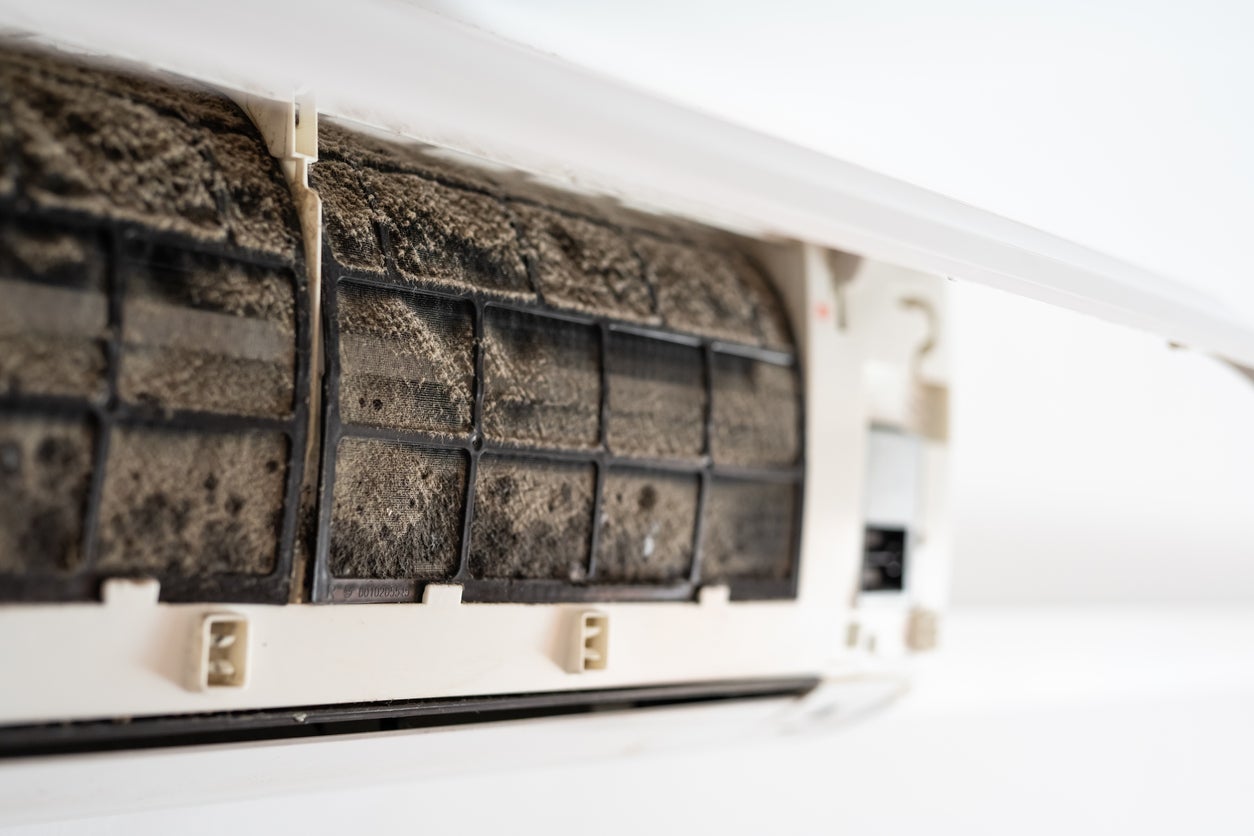
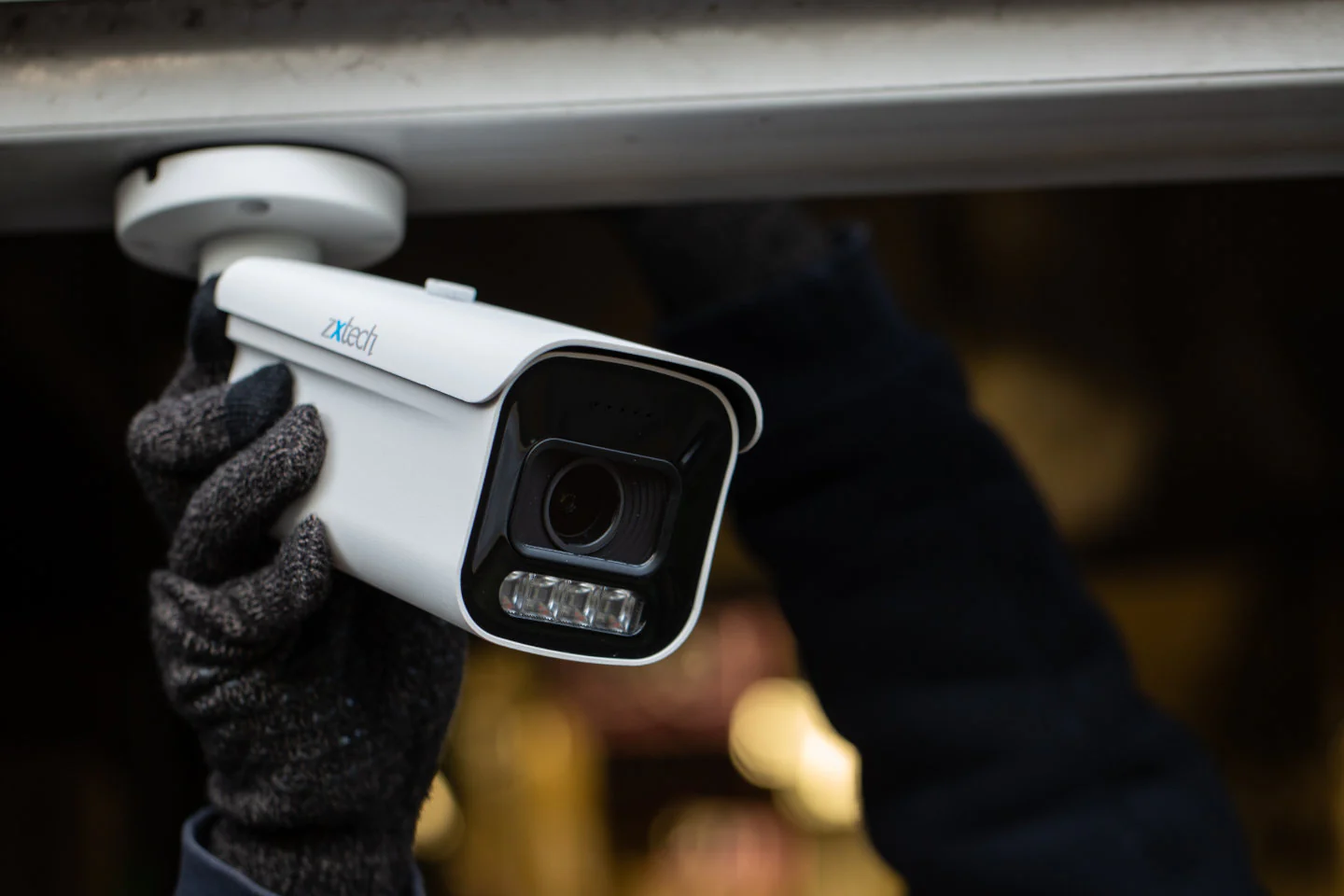
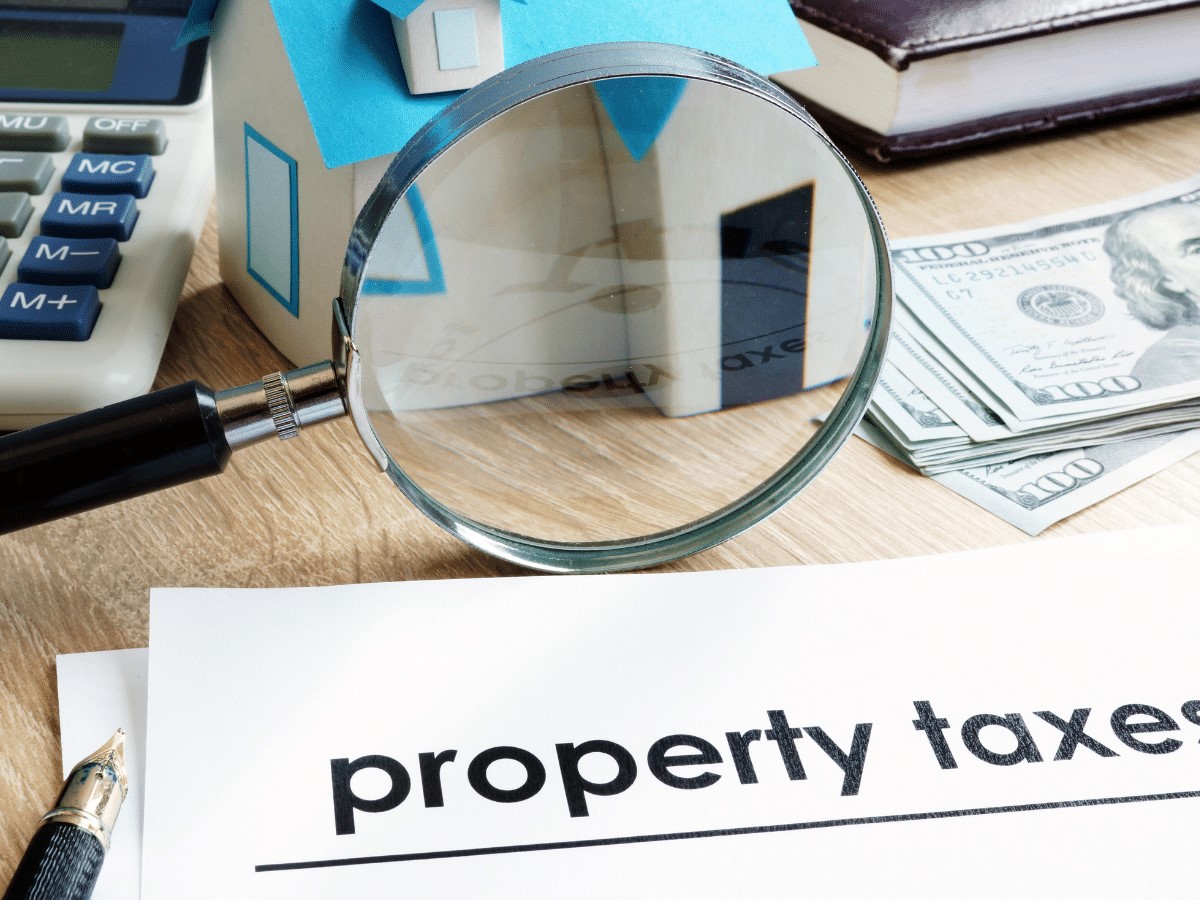
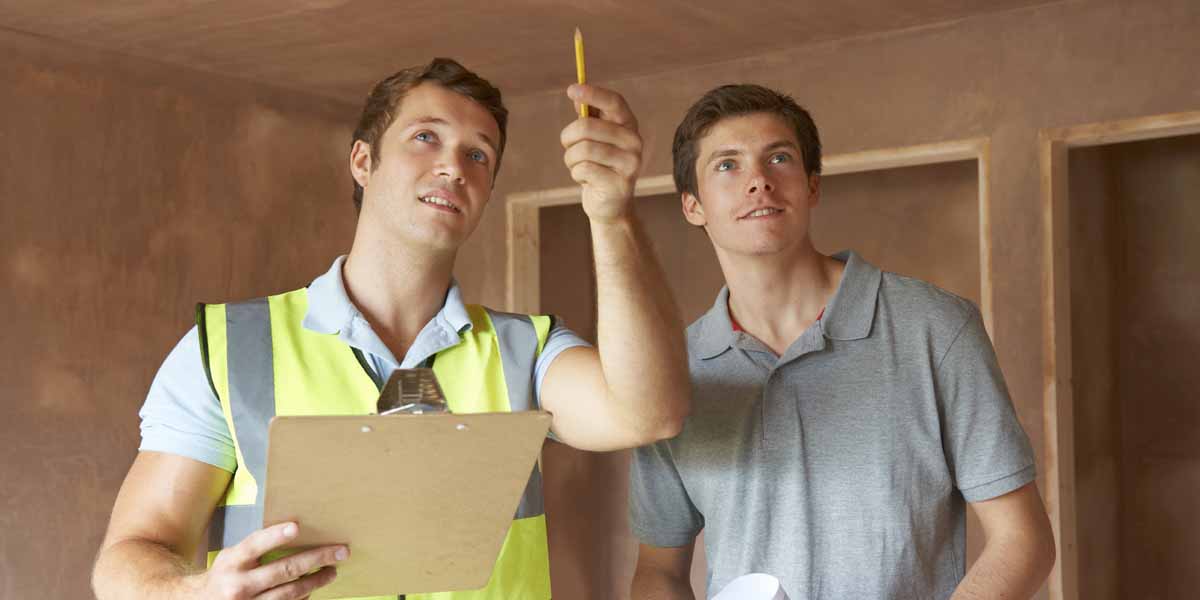
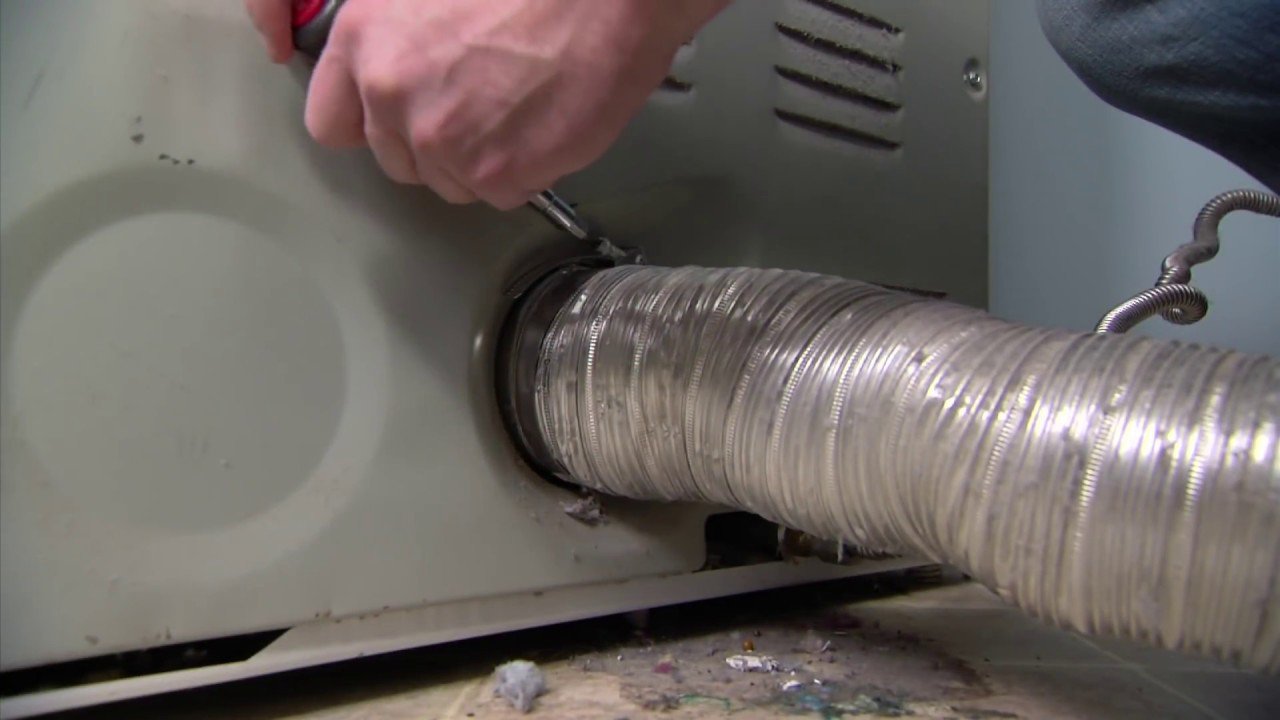

0 thoughts on “What Does CPS Look For In A Home Inspection”